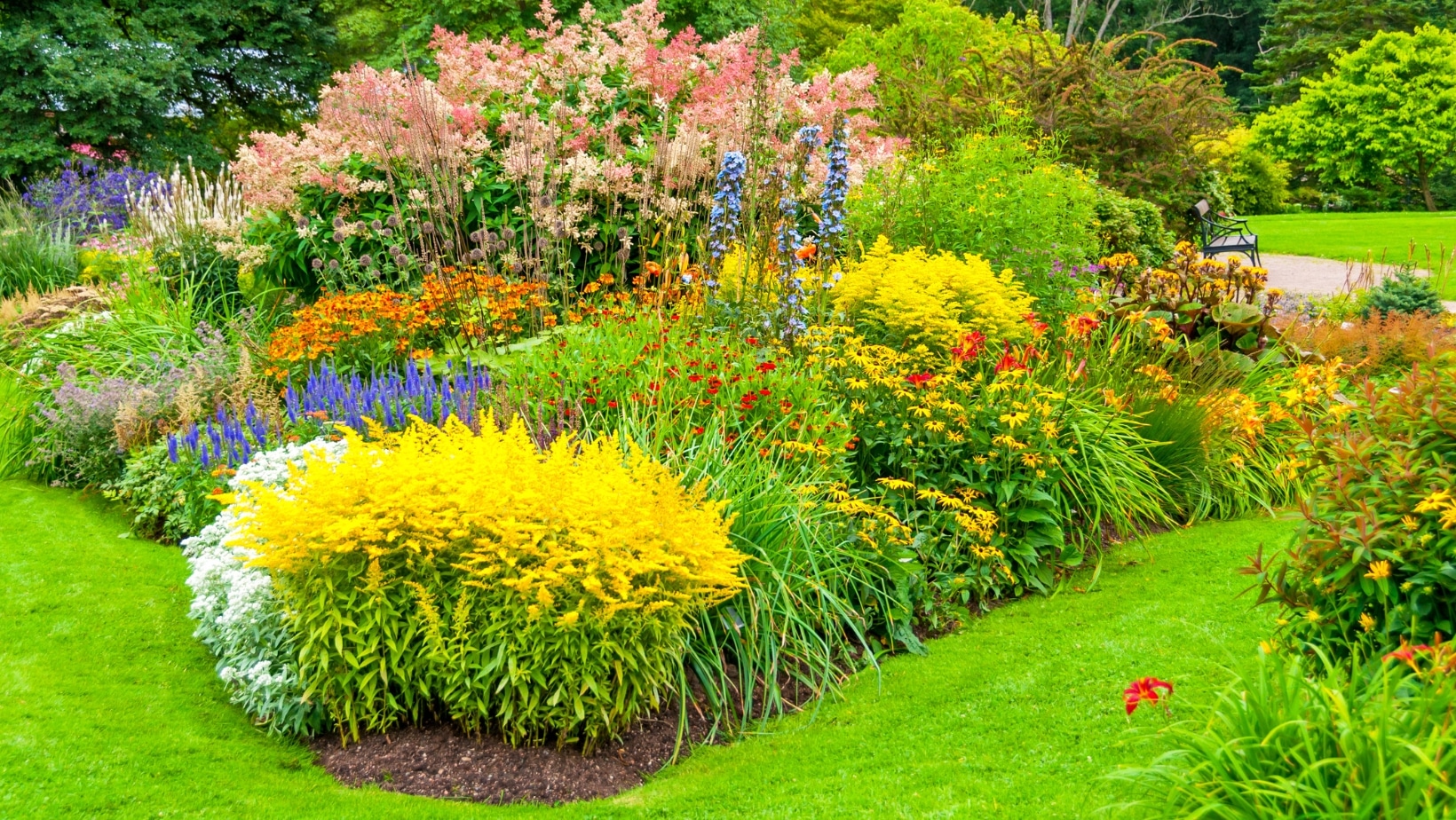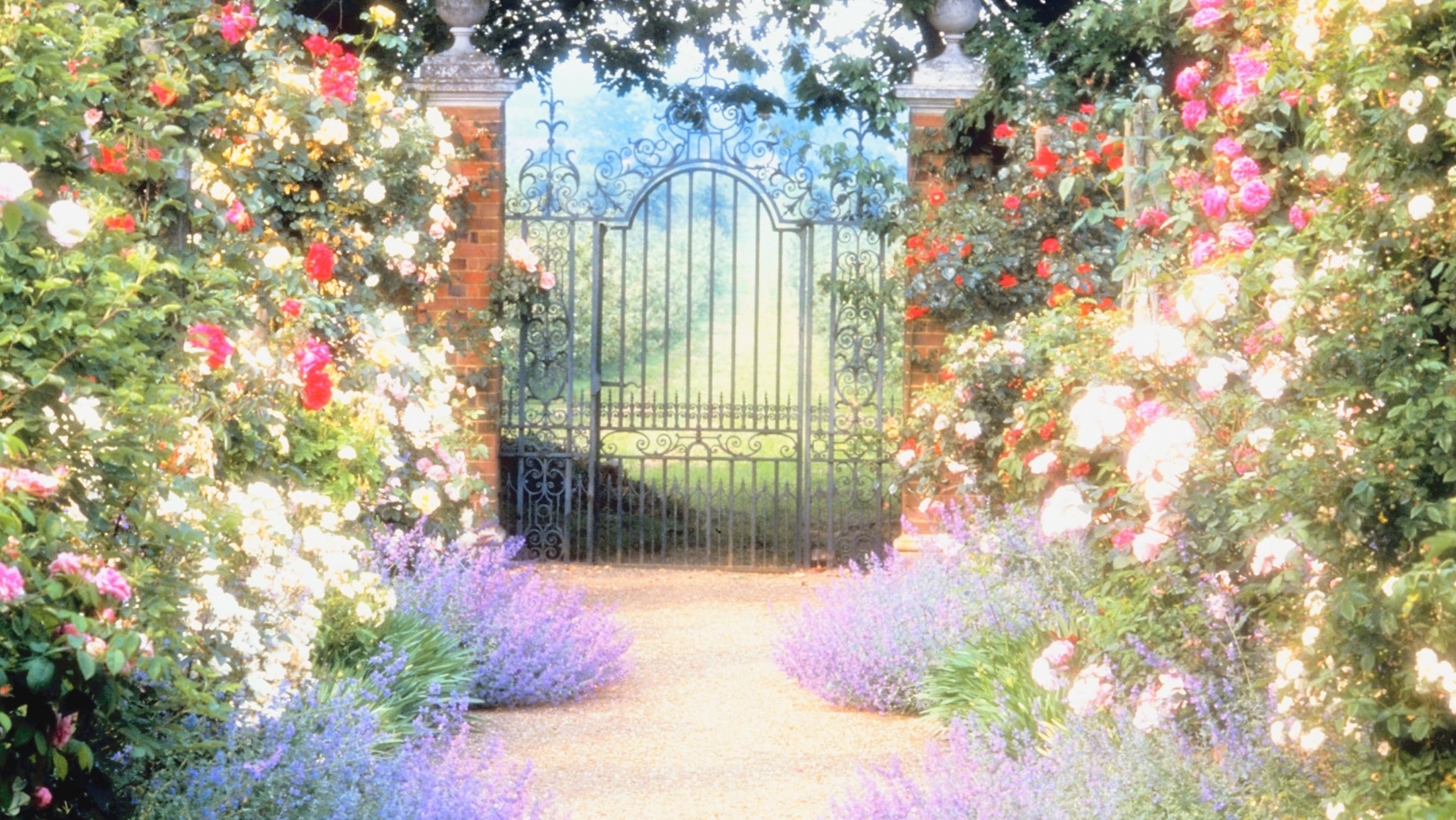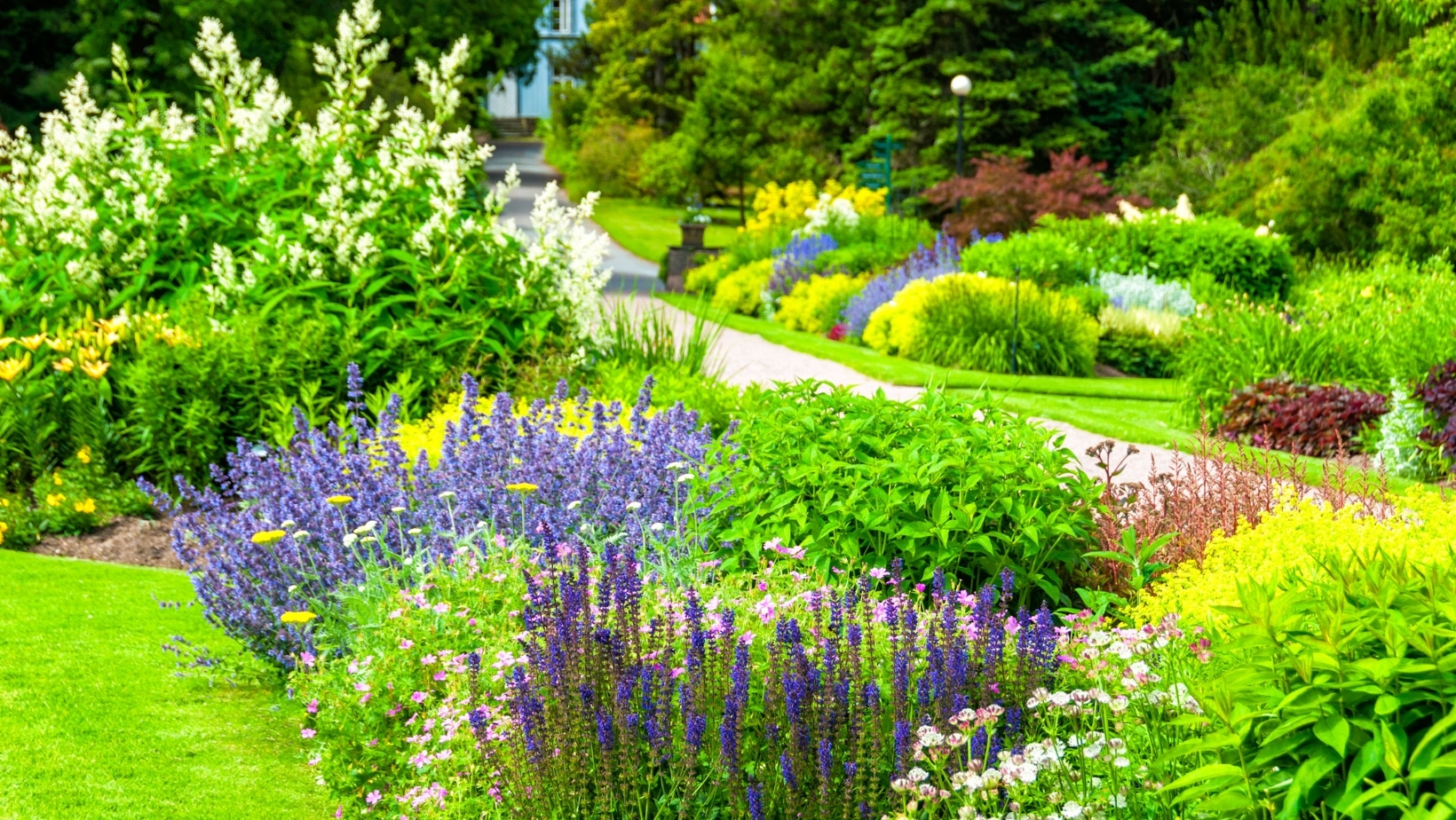You’ll need a solid plan to create a beautiful and thriving botanical garden. Luckily, our downloadable PDF guide provides a step-by-step approach to designing your botanical garden, complete with plant selection, layout, and maintenance tips.
Get ready to bring your green thumb to life!
NOTE: Get Your Ultimate Guide to Botanical Garden PDF Download Below.
How to Design a Botanical Garden
Designing a botanical garden requires careful planning and consideration of various factors.
Here are the critical steps involved in designing a botanical garden:
- Define the Purpose and Theme: Determine the purpose of your botanical garden and the overall theme you want to convey. Consider whether it will focus on displaying native plants, specific plant families, or broader botanical diversity.
- Conduct Site Analysis: Evaluate the site where the garden will be located. Assess topography, soil quality, drainage, sunlight exposure, and existing vegetation. This analysis will help determine the layout and design possibilities.
- Develop a Master Plan: Create a comprehensive master plan that outlines the overall layout, paths, features, and zones within the botanical garden. Consider the areas you want to include, such as display gardens, education centers, conservatories, or research facilities.
- Select and Arrange Plants: Choose a diverse range of plant species that align with the garden’s theme and purpose. Consider the plants’ ecological needs, growth habits, seasonal interest, and compatibility with the climate and local conditions. Arrange the plants in a way that creates visual appeal and allows for future growth.
- Design Pathways and Infrastructure: Plan the garden’s pathways, trails, and infrastructure to ensure easy access and flow for visitors. Incorporate seating areas, interpretive signage, and amenities like restrooms and water stations.
- Incorporate Water Features: Consider integrating water features like ponds, streams, or waterfalls to enhance aesthetic appeal and create aquatic plants and wildlife habitats. Ensure proper circulation, filtration, and maintenance for these features.
- Provide Educational and Interpretive Elements: Design areas within the garden for educational purposes, such as interpretive signage, visitor centers, or classrooms. Consider developing programs and exhibits that educate visitors about plants, conservation, and environmental stewardship.
- Enhance Visitor Experience: Incorporate features that enhance the visitor experience, such as seating areas, viewpoints, picnic spots, and gathering spaces. Consider accessibility for all visitors, including those with mobility challenges.
- Implement Sustainable Practices: Integrate sustainable practices into the design, such as water conservation, use of native plants, and energy-efficient lighting. Incorporate composting and recycling systems to minimize waste generation.
- Regular Maintenance and Adaptation: Plan ongoing maintenance to keep the garden vibrant and healthy. Regularly assess the garden’s performance, visitor feedback, and evolving needs to make necessary adaptations and improvements.
Designing a botanical garden requires combining creativity, horticultural knowledge, and careful planning to create a beautiful and educational space showcasing plant life’s wonders.
Botanical Garden Requirements
Botanical gardens require careful consideration of several factors to create a thriving and enjoyable environment.
Choosing the right location is crucial, considering the climate, space availability, and conditions for plant growth.
The plant collection should be diverse, including native and exotic species, with attention given to their specific needs, such as sunlight, soil, and moisture requirements.
Designing well-planned planting beds ensures proper drainage and allows for visually appealing displays of plants with varying heights, textures, and colors.
An efficient irrigation system is essential for maintaining optimal moisture levels and supporting plant growth.
Greenhouses or conservatories may be included to provide controlled environments for delicate or tropical plants.
In addition to being showcases for plants, botanical gardens often serve as educational centers.
Facilities such as classrooms, laboratories, and interpretive centers support educational programs and research efforts.
Visitor amenities like well-maintained paths, seating areas, and accessible facilities enhance the overall experience.
Botanical gardens play a role in research and conservation, dedicating space for research facilities, seed banks, and collaboration with scientific organizations. Ensuring visitor safety through proper signage, barriers, and regular inspections is essential.
Implementing sustainable practices such as water conservation, composting, organic fertilizers, and energy-efficient lighting aligns with the garden’s ecological mission.
Accessibility is also important, with pathways, ramps, and facilities accommodating individuals with disabilities.
Regular maintenance, including pruning, fertilizing, pest control, and infrastructure upkeep, ensures the garden remains vibrant and well-maintained.
By considering these requirements, botanical gardens can create a harmonious space that showcases the beauty of plants, promotes education, and contributes to conservation efforts.
Determine the Purpose and Scope of Your Garden
Before you start designing your botanical garden, it’s essential to determine its purpose and scope.
Are you creating a garden for personal enjoyment, or are you planning to open it to the public? Will it be a small, intimate space or a sprawling landscape?
Consider your goals and resources, and use them to guide your decisions as you proceed with your design.
Choose the Right Location and Soil
The location and soil of your botanical garden are crucial factors in determining the success of your plants.
Choose a location that receives the appropriate sunlight and shade for the plants you want to grow. Additionally, test your soil to determine its pH level and nutrient content.
This will help you select plants best suited for your soil and ensure they have the nutrients to thrive.
Consider consulting with a local gardening expert or soil testing service for guidance.
Select Plants and Design Layout
Once you have determined the location and soil of your botanical garden, it’s time to select the plants you want to grow and design the layout of your garden.
Consider the climate and growing conditions of your area when selecting plants. Choose various plants that will bloom at different times throughout the year to ensure your garden is always in bloom.
When designing the layout, consider each plant’s height and growth habits to ensure they are placed appropriately.
You may also want to incorporate paths, seating areas, and other features to enhance the beauty and functionality of your garden.
Install Irrigation and Lighting Systems
Once you have selected your plants and designed the layout of your botanical garden, it’s essential to install irrigation and lighting systems to ensure the health and beauty of your plants.
Irrigation systems will help to provide consistent water to your plants, while lighting systems can enhance the beauty of your garden and allow you to enjoy it even after the sun goes down.
Consider hiring a professional to install these systems to ensure they are installed correctly and efficiently.
How to Start a Botanical Garden
Starting a botanical garden involves several vital steps to ensure success:
First, define your vision and purpose for the park. Determine the type of plants you want to showcase and the educational programs you plan to offer.
Conduct thorough research and feasibility studies to understand the local climate, soil conditions, and plant species that thrive in your area. Assess the demand and financial viability of the project.
Develop a comprehensive business plan that outlines your goals, strategies, target audience, budget, and potential funding sources.
Find a suitable location for your botanical garden, considering space, terrain, soil quality, and access to utilities. Acquire the land either through purchase or lease.
Obtain the necessary permits and permissions from local government agencies, zoning boards, and environmental authorities.
Work with landscape architects and horticulturists to design the garden layout, including walking paths, themed areas, and specialized gardens.
Establish plant collections by collaborating with botanists, horticulturists, and nurseries. Source the plants and carefully plant them in the garden.
Construct visitor facilities such as entrance gates, parking areas, restrooms, and information centers. Consider adding greenhouses, research facilities, and educational spaces, depending on your budget.
Develop educational programs for visitors of all ages, including guided tours, workshops, lectures, and children’s activities to promote plant knowledge and conservation.
Recruit experienced staff, including gardeners, educators, and administrative personnel. Additionally, seek passionate volunteers to assist with various tasks.
Implement a marketing strategy to promote your botanical garden through social media, local publications, and community events.
Regularly maintain and care for the garden, ensuring proper plant care, facility upkeep, and enhancement of visitor experiences.
Seek opportunities to expand the garden and introduce new plant collections or attractions while fostering collaborations with educational institutions and conservation organizations.
You can establish and maintain a thriving botanical garden by following these steps and dedicating time and resources.
Maintain and Care for Your Garden
Once your botanical garden is up and running, it’s essential to maintain and care for it to ensure its longevity and beauty.
Regular watering, pruning, and fertilizing are essential to keep your plants healthy and thriving.
It’s also important to regularly inspect your garden for pests and diseases and take action immediately if any issues arise.
Consider hiring a professional gardener or landscaper to help with the ongoing maintenance of your botanical garden.




